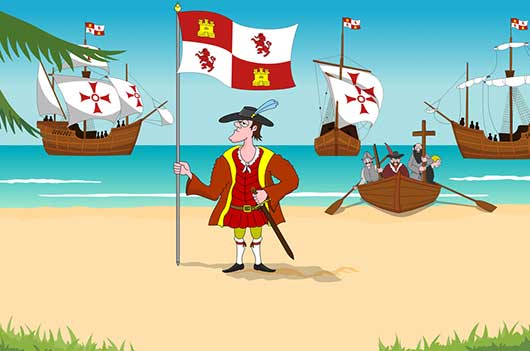
Christopher Columbus landed on the island now known as Puerto Rico on November 19, 1493, during his second voyage to the “New World” and claimed the island for the Spanish Crown. He named the island San Juan Bautista in honor of Saint John the Baptist, and with his arrival began the quick decline of the native Taino people. By 1508, the first Spanish settlement sprang up on the island, headed by Juan Ponce de León, who later allegedly searched for the Fountain of Youth—and met his death—in Florida. Ponce de León enslaved the Taino, and those who didn’t fall victim to harsh working conditions were killed by invasive diseases like measles and smallpox, to which they had no natural defense. By 1520, most of the Taino population on Puerto Rico and neighboring islands in the Lesser and Greater Antilles had vanished as well.
Read Related: 7 Hispanic Heritage Sites Across the Americas
Within decades of Columbus’ “discovery” of San Juan Bautista, the island became known as “Puerto Rico” for its rich natural resources, and its principal port was known as San Juan.

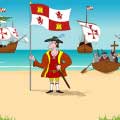
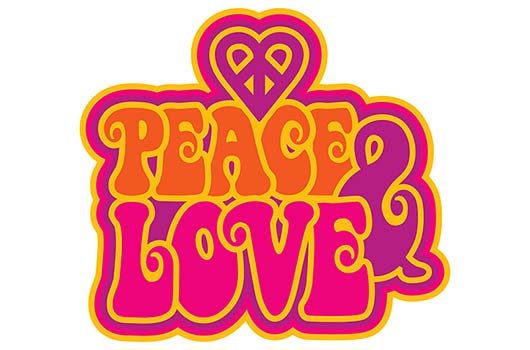





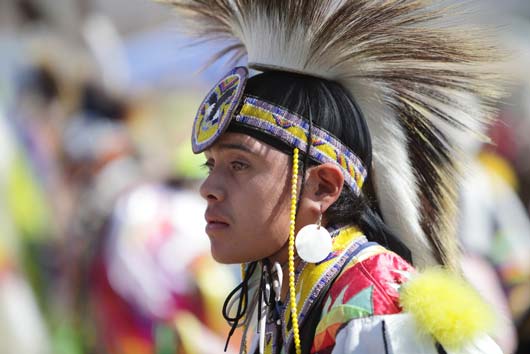
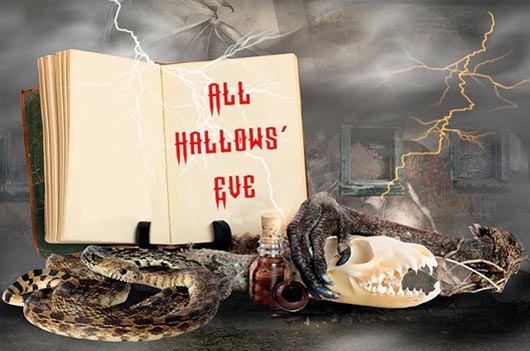

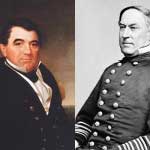

Leave a Reply
Want to join the discussion?Feel free to contribute!